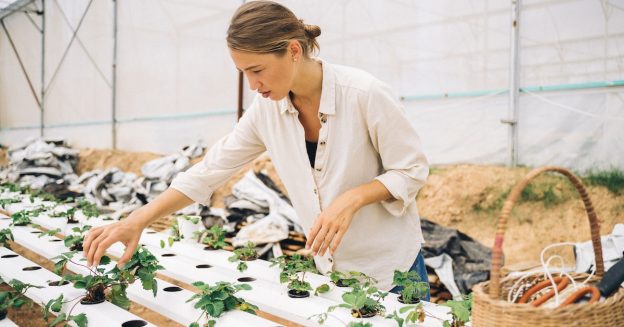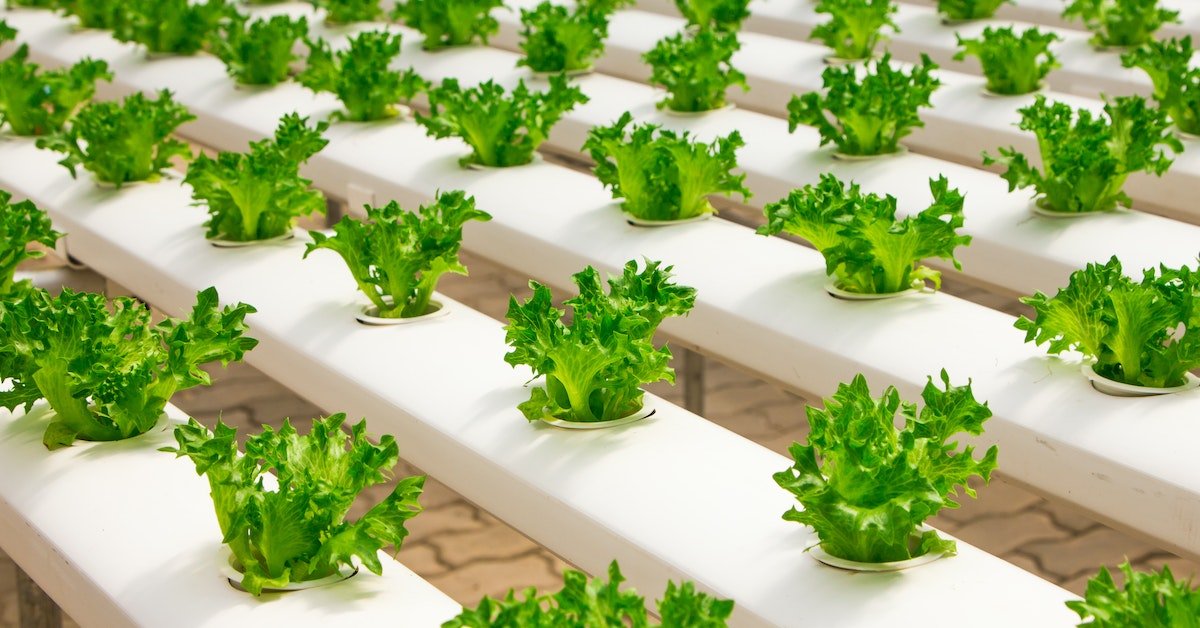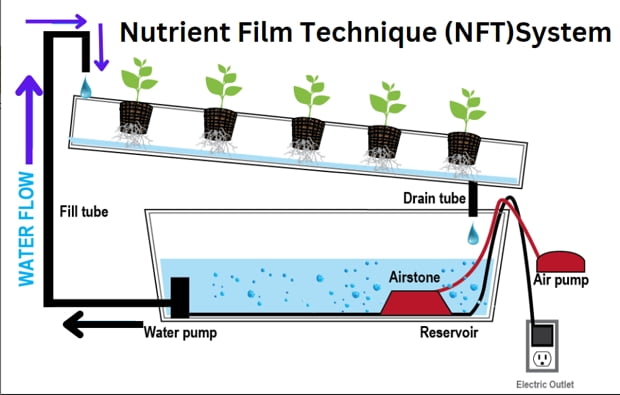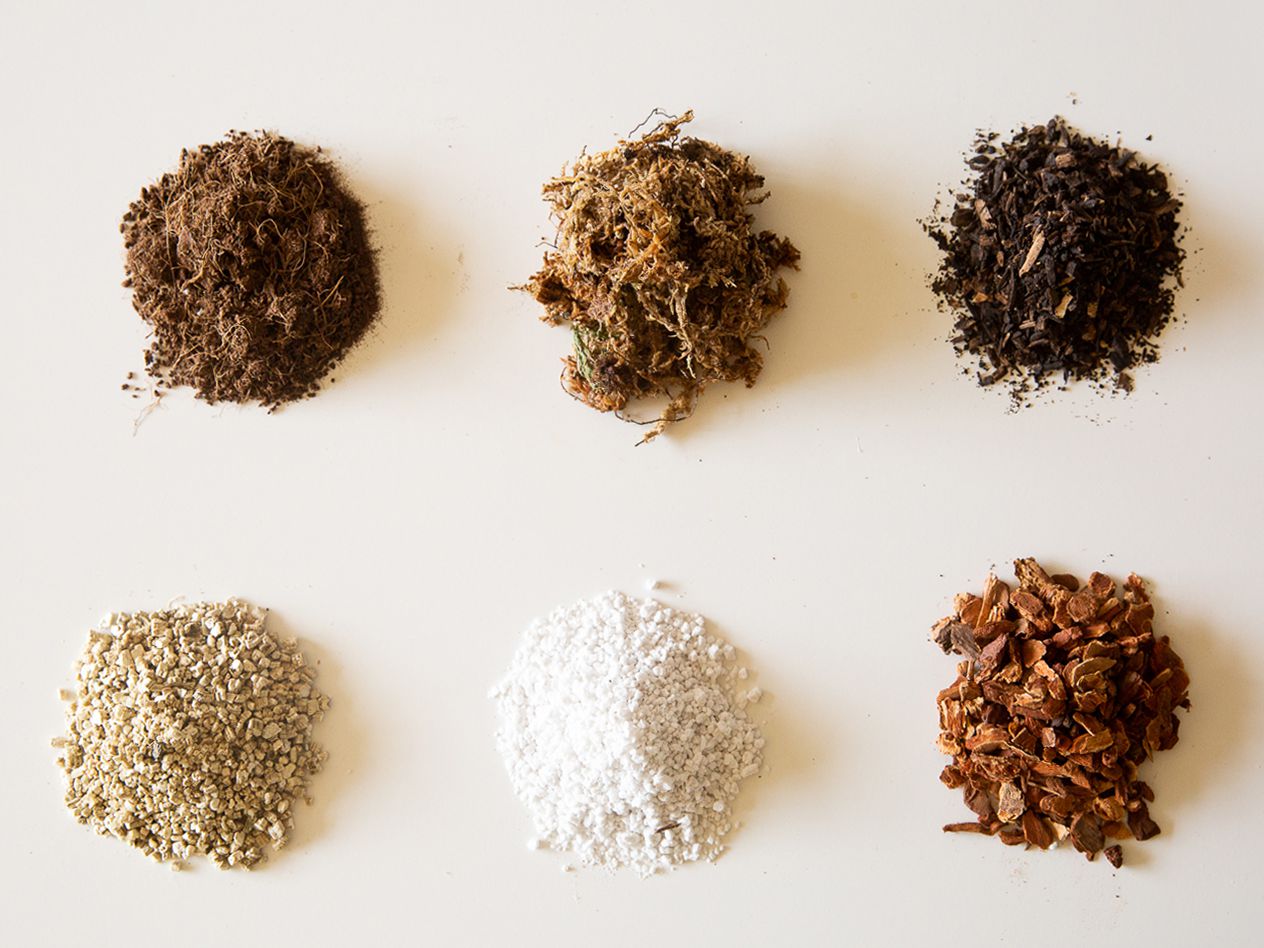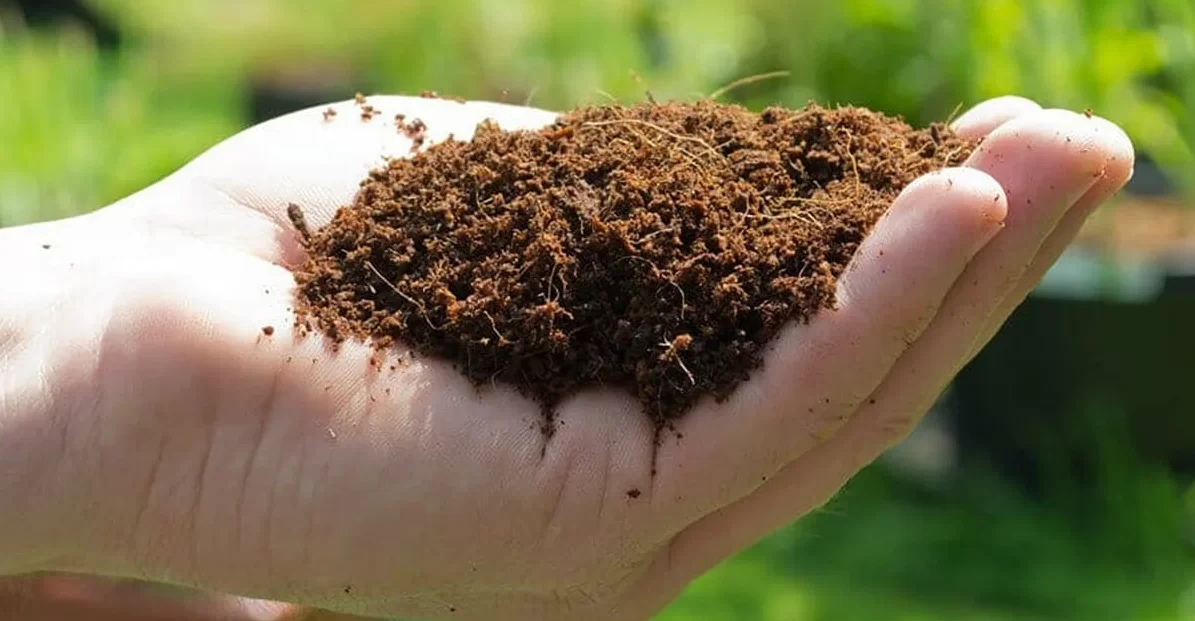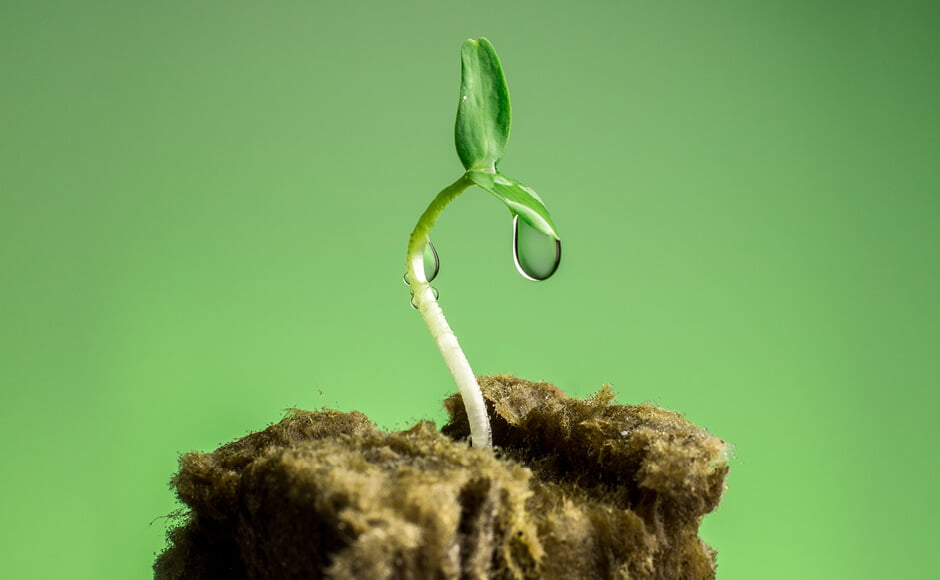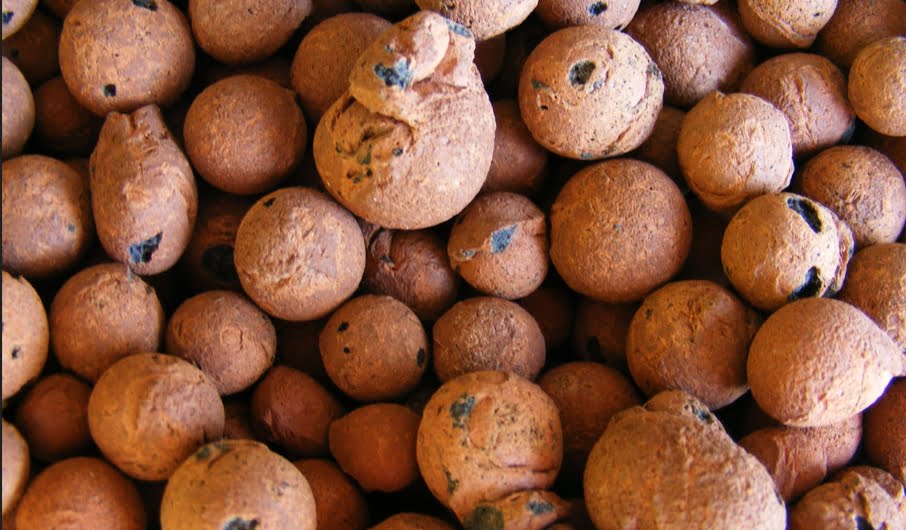Introduction
Which One is The Best For You? When it comes to, Growing medium for the hydroponic system, there are a lot of choices to make. Which one is the best for you?
Australia, Japan, the Netherlands, and the United States. In these countries, vegetables and fruits such as lettuce, tomato, strawberry, etc. are produced in large quantities by the hydroponic method. Moreover, as the use of pesticides is very less in this method, the demand for crops grown in this way is increasing daily in the market.
There are a few things to consider when making your decision. The first is what kind of plants you’re trying to grow. Some plants do better in soil, while others thrive in water-based environments. If you’re not sure what kind of plants you want to grow, you can do some research online or at your local garden center.
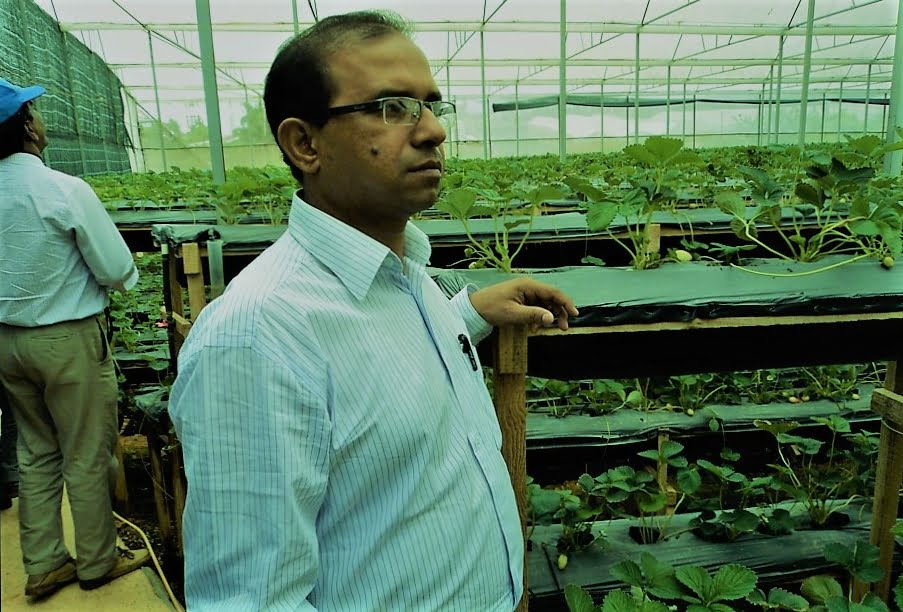
Hydroponic System in Bhutan Visited By Md. Jahidul Amin, Director, Crops Wing, DAE, Ministry of Agriculture, Bangladesh.
The second thing to consider is the type of hydroponic system you’re using. There are several different types, each with its own medium. Once you’ve decided on a system, you can narrow down your choices from there.
In this post, we’ll walk you through the basics of growing mediums and help you decide which one is best for you and your hydroponic system.
What Is a Hydroponic System?
A hydroponic system is a great way to grow plants without using soil. In a hydroponic system, the plants are grown in water and then fed with a nutrient solution.
There are all sorts of different hydroponic systems, but the most popular one is the so-called Nutrient Film Technique (NFT). In an NFT system, the plants are suspended in a thin film of nutrient-rich water. This type of system is popular because it’s efficient and relatively low-maintenance.
What Is a Growing Medium for The Hydroponic System?
When it comes, there are a few things to consider. The most crucial factor is that the medium should be able to hold moisture well, as hydroponics relies on a continuous water supply to the roots.
Second, the medium should be able to provide good aeration for the roots. This is important because adequate air circulation helps prevent the growth of bacteria and fungi, which can damage plants.
Third, the medium should be pH neutral so as not to affect the pH of the nutrient solution.
Fourth, it’s important that the medium is lightweight and easy to work with.
Finally, it’s important to choose a medium that is readily available and affordable.
Which Is The Best Growing Medium?
You may be wondering what the best medium for hydroponics is. Well, the truth is, there’s no one-size-fits-all answer to that question. It really depends on your specific setup and what you’re trying to grow.
Some of the most common growing mediums are soil, coco coir, perlite, and vermiculite. Each has its own unique benefits and drawbacks. Soil is a great choice if you’re looking for something that’s low-maintenance and easy to work with. Coco coir is a great option if you’re trying to grow plants that need high levels of humidity. Perlite and vermiculite are both excellent choices if you’re looking for a lightweight medium that can help with drainage.
So it really comes down to what you’re trying to grow and what your specific needs are. But no matter which medium you choose, you can be sure that hydroponic gardening is a great way to get the most out of your plants.
How To Choose The Best-Growing Medium For The Hydroponic System?
So, you’ve decided to set up a hydroponic system. That’s great! But now you need to choose a medium.
There are lots of different options to choose from, but which is the best one for your system? It depends on the type of system you have and the plants you’re growing.
If you have a wick system, then a loose medium like vermiculite or perlite is a good choice. If you have an NFT or DWC system, then you can use a growing medium like Rockwool or coco coir.
Each type of medium has its own benefits and drawbacks, so it’s essential to do your research before making a decision.
The Benefits of Using a Hydroponic System:
When you’re using a hydroponic system, you’re giving your plants the best chance to thrive. You see, with a hydroponic system, you’re providing the perfect environment for your plants. You’re in complete control of the nutrients and the water levels, which means your plants can grow big and strong.
But that’s not all. There are other benefits to using a hydroponic system. For one, it’s more efficient because you’re not wasting water like you would with traditional gardening methods. And since you’re not using soil, you’re also reducing the number of pests and diseases that can affect your plants.
Plus, a hydroponic system is easy to set up and it’s portable, so you can take it with you wherever you go. So if you’re looking for a way to get the most out of your plants, then a hydroponic system is the way to go.
The Disadvantages of Using a Hydroponic System:
You might be wondering if there are any disadvantages to using a hydroponic system. And the answer is yes, there are a few.
The main disadvantage is that hydroponic systems need a lot of maintenance. You have to constantly monitor the pH levels and nutrient levels, and make sure that everything is running smoothly. If not, your plants will start to show signs of distress.
Another disadvantage is that hydroponic systems are more expensive than traditional gardening methods. You need to purchase special equipment and nutrient solutions, which can add up over time.
So is a hydroponic system right for you? Only you can answer that question. But it’s important to weigh the pros and cons before making a decision.
YOU CAN READ
What Are The Benefits of Hydroponic Farming?
Here Is A Few of The Most Common Types of Growing Medium For The Hydroponic System:
- Soilless mixes:
These mixes are made up of peat moss, perlite, and vermiculite, and are perfect for use with root vegetables and herbs.
- Coco coir:
Coco coir is made from coconut husks and is a great choice for plants that need a lot of moisture.
- Stone wool:
Stone wool is made from volcanic rock, and is a good choice for larger plants.
- Sand:
Sand is a good choice for plants that need a lot of drainage.
- Clay pebbles:
Clay pebbles are perfect for use with moisture-loving plants.
When choosing a medium, it’s important to consider the needs of your plants and the size and type of your hydroponic system. Contact our specialist Team to learn more about which growing medium is best for you.
You can also submit any crop/plant disease samples to our expert team. Within 24 hours a possible solution to the problem will reach your email.
Conclusion
When it comes to choosing the right growing medium for your hydroponic system, there are a lot of factors to consider. Different plants require different growing media, and you’ll also need to take into account the size and type of your hydroponic system.
I am Gaushoul Agam
𝐂𝐨-𝐅𝐨𝐮𝐧𝐝𝐞𝐫 & 𝐂𝐄𝐎
ToAgriculture
I am an experienced Horticulture Officer in the Department of Agricultural Extension in Bangladesh. I am committed to improving agriculture and farming.
I created ToAgriculture to address global food safety concerns. These concerns are caused by a growing population, diminishing farmland, and the impact of climate change on agriculture. I assist readers in learning modern farming techniques.
I also help them control pests and diseases. Additionally, I guide managing agriculture sustainably. All of this is aimed at creating a better and more successful future in farming.
I have experience in field crops and horticulture crops. I know about fruit and vegetable farming, managing pests and diseases, irrigation, and grafting. Come with me as I share my knowledge and experiences to help you create a better future.
